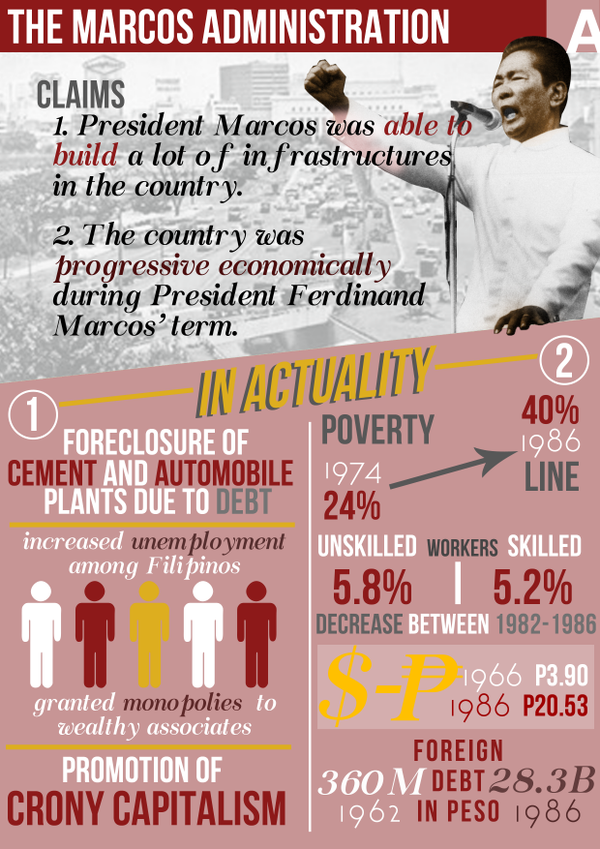The Growth And Historic Context Of Martial Arts Worldwide
The Growth And Historic Context Of Martial Arts Worldwide
Blog Article
Developed By-Hess Vick
Martial arts have a remarkable history that extends centuries and continents. You may find it fascinating exactly how ancient practices like Shuai Jiao and Kalaripayattu laid the groundwork for modern-day battle strategies. These self-controls not just stress physical abilities however additionally show the cultures that birthed them. As you explore their evolution, take into consideration just how globalization has actually changed these standard kinds right into hybrid styles. What influences do you assume have formed today's martial arts landscape?
Ancient Martial arts: The Structures of Fight
As you look into the globe of ancient martial arts, you'll uncover the rich structures that formed fight methods across cultures. Early methods focused on Self-Defense and survival, often integrating strikes, hurting, and weapons.
In ancient China, for instance, strategies like Shuai Jiao highlighted tosses and joint locks, while India's Kalaripayattu showcased agility and liquid movement. Japanese samurai created Kenjutsu, a polished swordsmanship that highlighted technique and method.
These martial arts served not just for fight yet also as a way of individual growth, instilling worths like respect and perseverance. weblink blending of these techniques with time prepared for the diverse martial arts you see today, each reflecting the special philosophies and needs of its culture.
The Social Influence on Martial Arts Development
While martial arts frequently mirror the practical demands of a society, they additionally embody the cultural values and beliefs of their origins. When you discover various martial arts, you'll observe just how they're affected by religious beliefs, ideology, and social standards.
For example, the focus on respect and technique in Japanese martial arts originates from Zen Buddhism and samurai culture. On the other hand, Brazilian Jiu-Jitsu advertises versatility and method, formed by the requirement for performance in a varied, modern setting.
You could find that the rituals, attires, and training approaches show an area's background and identity. By understanding these social impacts, you grow your admiration of martial arts and their function in shaping human experiences around the world.
Modern Adaptations and the Globalization of Martial arts
Martial arts have actually changed significantly in recent decades, adapting to contemporary culture and global impacts. You'll observe that traditional forms have combined with modern strategies, creating hybrid styles like MMA. These adaptations cater to varied audiences, making martial arts obtainable and enticing worldwide.
With the surge of social networks and digital platforms, you can discover tutorials and competitors from all edges of the world, damaging geographical obstacles. This globalization has actually caused a shared gratitude for various disciplines, from Brazilian Jiu-Jitsu to Taekwondo.
As visit the up coming post involve with these arts, you'll recognize they're not nearly combat; they promote physical fitness, technique, and psychological health.
Eventually, modern-day adjustments have enriched the martial arts landscape, making it a vibrant and advancing technique.
Conclusion
In exploring the history and advancement of martial arts, you uncover a fascinating blend of techniques, societies, and viewpoints. From old techniques like Shuai Jiao and Kalaripayattu to the modern flexibility seen in mixed martial arts, martial arts show mankind's mission for Self-Defense and personal growth. As you engage with these methods, you not only acquire abilities but also a deeper gratitude for the diverse traditions that shape our globe today. So, proceed your journey and accept the art of combat!
